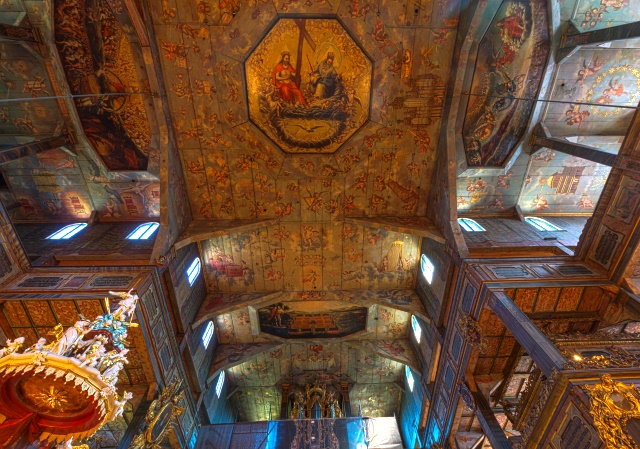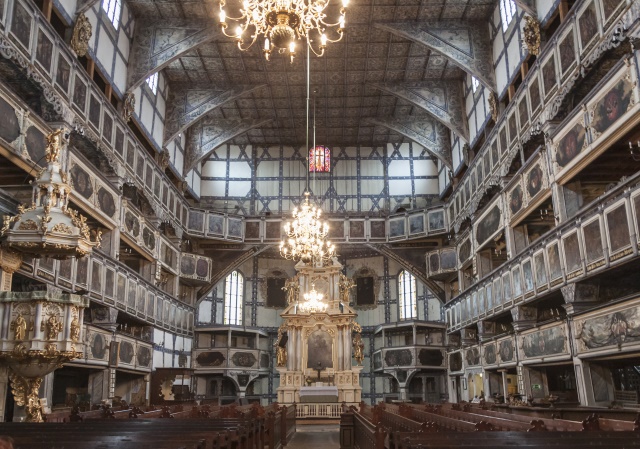UNESCO Trail in Poland
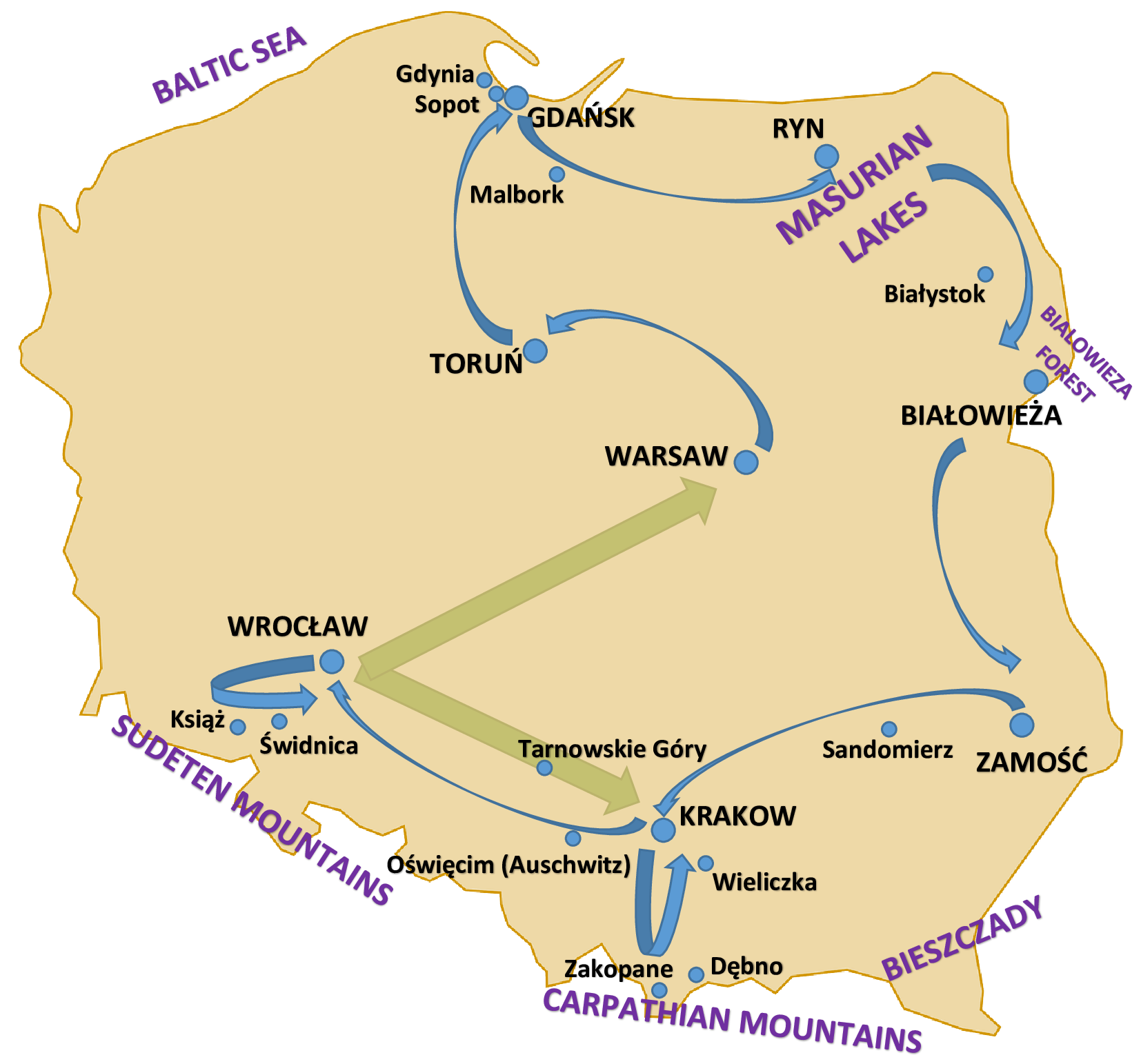
DAY 1 – arrival in Warsaw, welcome dinner at a local restaurant, overnight in Warsaw.
DAY 2 – half day tour of Warsaw incl. Old Town (UNESCO), Royal Route, Łazienki Park with Palace on the Water, transfer to Toruń-the city of Nicolaus Copernicus, city tour of Toruń Old Town (UNESCO), example of medieval architecture, overnight in Toruń.
DAY 3 – drive to the north to Tri-city: Gdańsk-Gdynia-Sopot at Gdańska Bay, half day tour incl. entrance to Sopot pier and organ concert at Gdańsk Oliwa Cathedral, overnight in Gdańsk.
DAY 4 – transfer to Mazury Lake District with en route stop at Malbork Teutonic Castle (UNESCO), in the afternoon visit to Wolf’s Liar- Hitler’s headquarters, overnight at Castle Hotel in Ryn.
DAY 5 – departure for Białowieża (UNESCO) via Białystok – the capital of Podlasie region, tour of Białystok including visit to the baroque Branicki Palace, continuation to Białowieża for an overnight.
DAY 6 – early morning bison safari in the Primeval Białowieża Forest and transfer to Zamość, overnight in Zamość.
DAY 7 – morning tour of Zamość Old Town (UNESCO), transfer to Kraków with short stop in Sandomierz – a fine example of Gothic and Renaissance urban architecture, overnight in Kraków.
DAY 8 – half day tour of Krakow Old Town (UNESCO) incl. St. Mary’s Church, Cloth Hall, Royal Route & Wawel Castle, afternoon excursion to Wieliczka Salt Mine (UNESCO) with underground sightseeing route at 250m below ground level or excursion to Tarnowskie Góry Silver Mine (UNESCO listed in 2017), overnight in Krakow.
DAY 9 – full day trip to Zakopane in Tatra Mountains (the highest mountain range in the Carpathian Mountains) stop to see wooden church in Dębno Podhalańskie (UNESCO), dinner at a local restaurant in Krakow with folk entertainment or with Klezmer music concert, overnight in Krakow.
DAY 10 – transfer to Wrocław with en route stop at Auschwitz – former Nazi concentration camp (UNESCO), in the afternoon tour of Wroclaw including Old Town, Ostrów Tumski Island, Centennial Hall (UNESCO), overnight in Wrocław.
DAY 11 – excursion out of Wrocław to Książ Castle and the Church of Peace in Świdnica (UNESCO), overnight in Wrocław.
DAY 12– continue from Wrocław to another European city or return to Krakow or Warsaw for departure flight.
Warsaw half day tour
The tour starts at the hub of the Old Town: Market Square and continues with St. John’s Cathedral, the Barbican and Castle Square; a drive along the Royal Route with its numerous churches, monuments, historic buildings and palaces, past the Parliament; a walk through the grand Łazienki Park with its Palace on the Water, and Chopin’s monument.
On the way back, there is a pause to pay respects at the former Jewish Ghetto monuments, followed by a drive past the imposing building of the Grand Theatre and the Tomb of the Unknown Soldier.
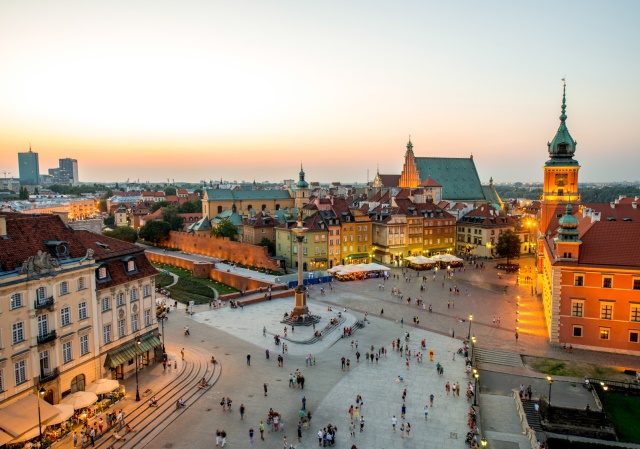
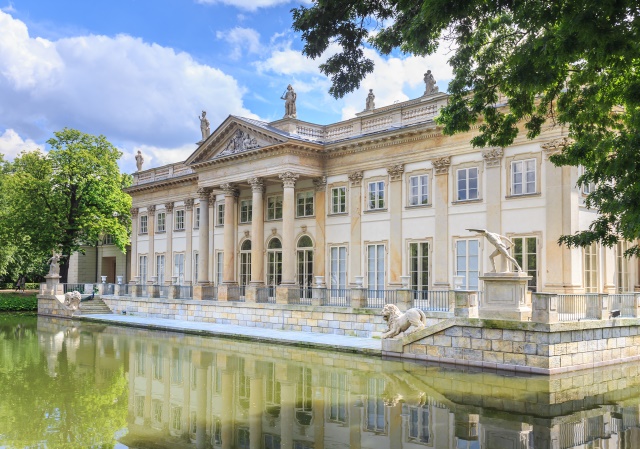
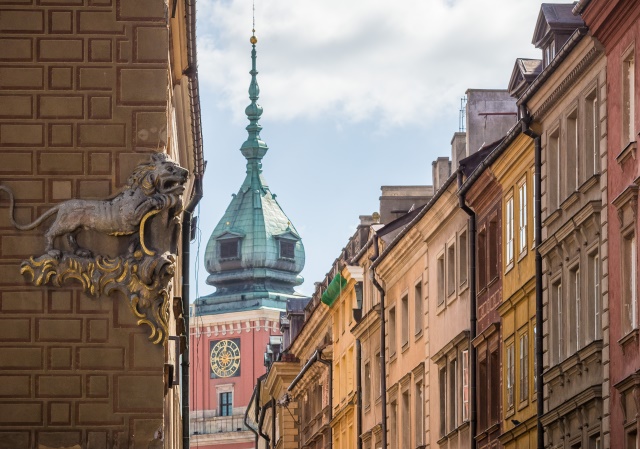
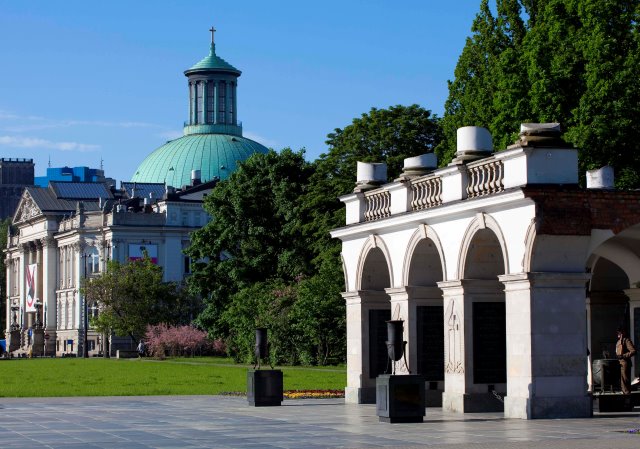
Białowieza – Europe’s last primeval woodland
Visit the kingdom of European bisons, the symbol and pride of Bialowieza Forrest and the Europe’s last primeval woodland. The wildlife of the Park is very rich, containing over 12.000 species. Illegal hunting led to the eradication of European bison in Białowieża Forest in 1919. In 1929 the species was reintroduced in the Park, becoming the biggest attraction of the area. In Bialowieza Forrest, you can find 400 year old oaks reaching up to 7 metres in circumference. We invite you for a walk or a carriage ride in the Forrest.
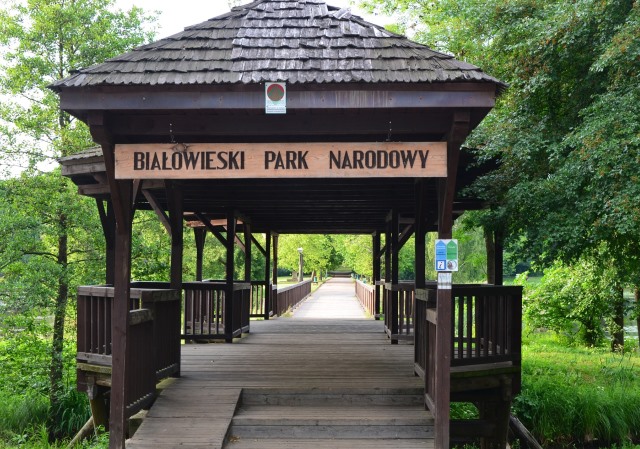
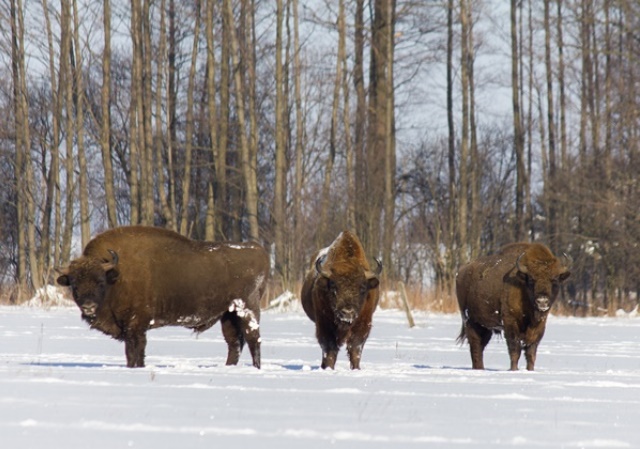
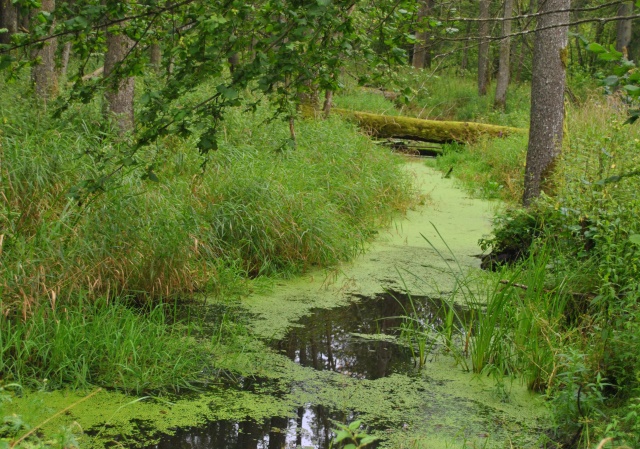
Zamość
A UNESCO World Hertitage Site
This unique city was founded in 1580 and its centre has maintained its original Renaissance plan. The Old Town Square is surrounded with Renaissance houses with arcades and imposing Town Hall.
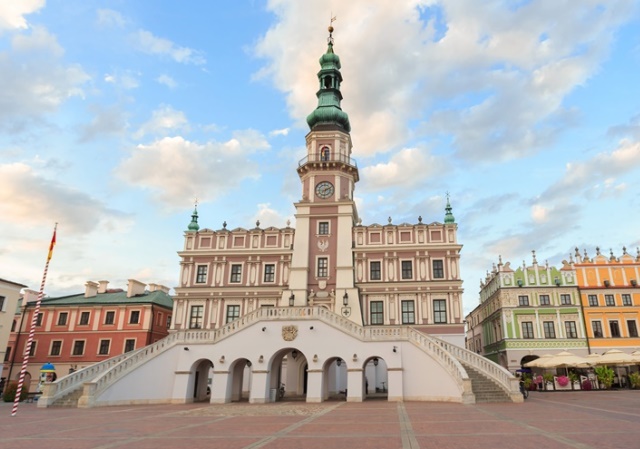
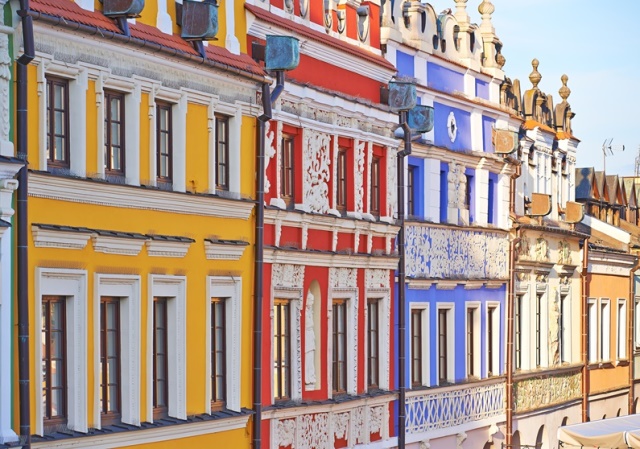
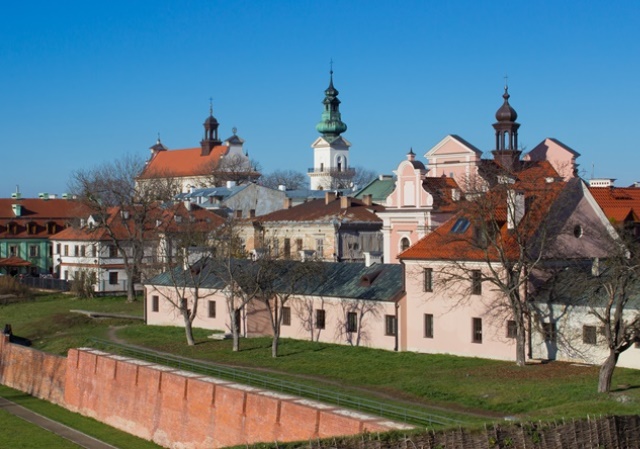
Sandomierz
One of the oldest towns in Poland. The region’s capital since the 12th century, it suffered from Tartar invasions several times in the 13th century. The town is now considered one of the best examples of Gothic and Renaissance urban architecture. Under the Old Town lies a network of cellars that once served as warehouses. Connected to each other by tunnels, they now form an underground tourist route with a length of 470m.



Kraków Old Town – UNESCO
Market Square, one of the biggest in Europe, a reminder of the power and wealth of medieval Kraków, the Polish capital at that time. The 13th century Cloth Hall, rebuilt in Renaissance style, houses the largest collection of Polish paintings on the first floor and colourful handicraft stalls in the ground floor arcades. Saint Mary’s Church, dating back to the year 1221, boasts the precious 15th century Witt Stwosz altar. Collegium Maius with its Gothic arcades, was once home to the Jagiellonian University.
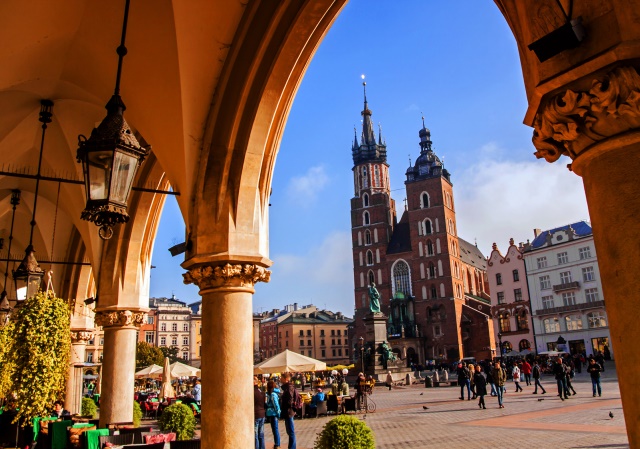
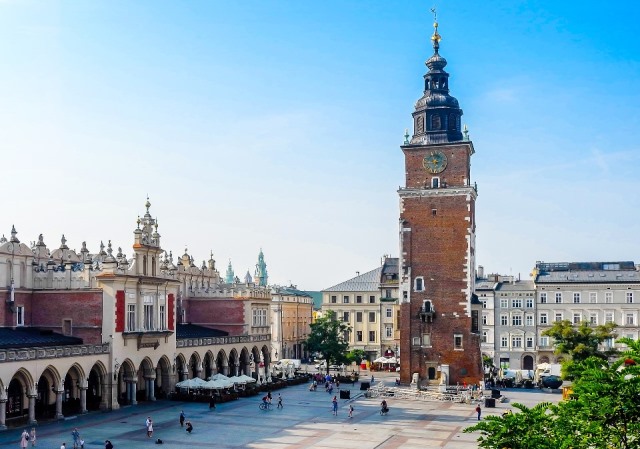
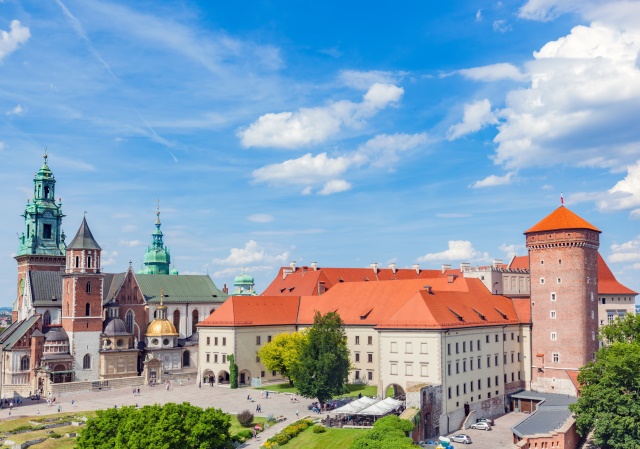
Wieliczka Salt Mine
A tour of the mine includes beautiful chapels sculpted in salt (Saint Kinga’s chapel is the most beautiful one), crystal-like grottoes and underground ponds. All this at average depth of 130 m below the ground in the world oldest enterprise which has never stopped working!
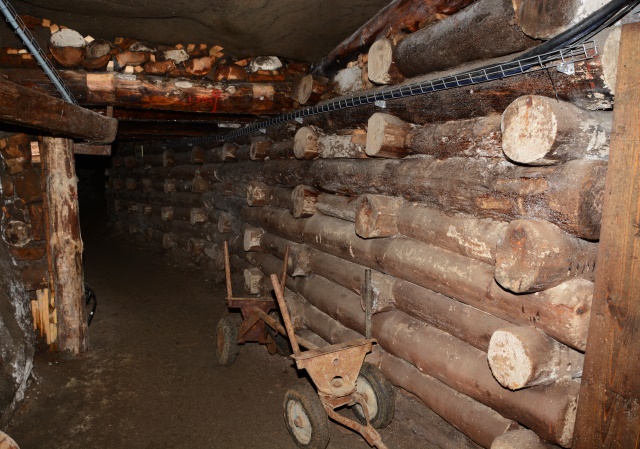


Tarnowskie Góry
UNESCO World Heritage Site since 2017, the Tarnowskie Góry Silver Mine is located in the south of Poland, in Upper Silesia (one of the most important industrial regions in Central Europe). Along the tourist route of 1740 meters, you will explore a labyrinth of galleries connecting the three main shafts: Anioł, Żmija i Szczęść Boże (The Angel, The Viper and God Bless You).
The Black Trout Gallery is located in the middle of Repty Park in Tarnowskie Góry. It is accessed by a spiral staircase, before traveling on small boats a segment of about 600 meters long and 25 meters deep, then continuing the visit along a gallery created in the years 1821-1835. Special effects will delight thrill seekers, with the sound of pickaxes, the roar of the coal mine and the moans of the wagons carrying the ore

Tatra Mountains – Zakopane
Zakopane is located 1000 m above sea level and surrounded by the Tatra Mountains. An ascent by funicular railway to Gubałówka hill gives a beautiful view over the Polish and Slovak Tatras. A walk along bustling Krupówki Street followed by a visit to a small church in Jaszczurówka. For keen walkers we suggest a stroll in the hills. Time for shopping – friendly street vendors will offer you local goods (lambswool sweaters, walking sticks, wooden figures) at incredibly low prices.
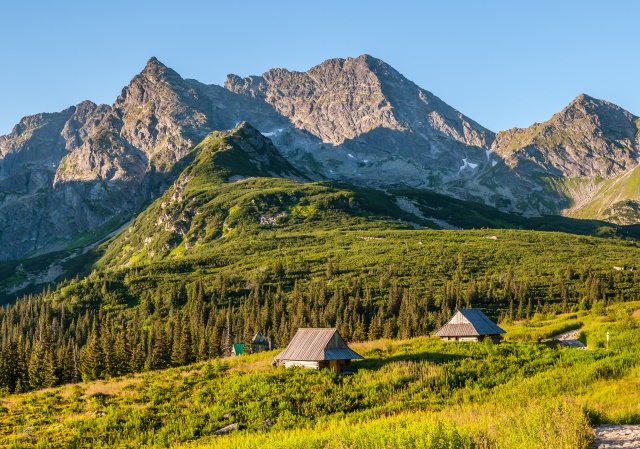
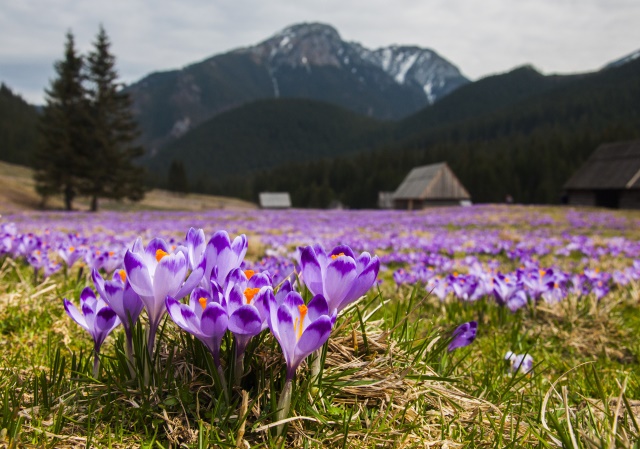
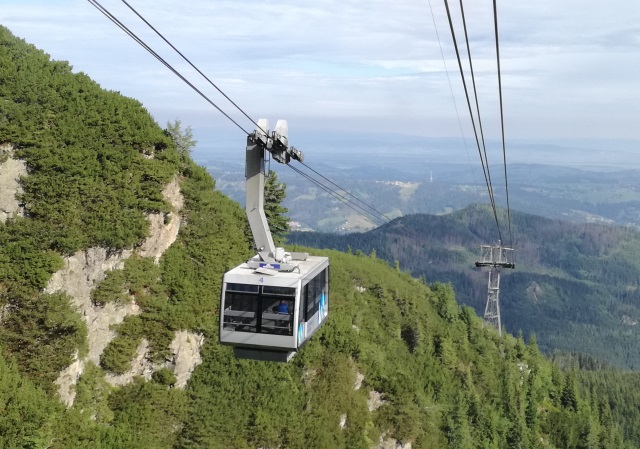
Dębno
St. Michael Archangel’s Church in Dębno – a Gothic, wooden church located in the village of Dębno from the fifteenth-century, which together with different churches is designated as part of the UNESCO Wooden Churches of Southern Lesser Poland.
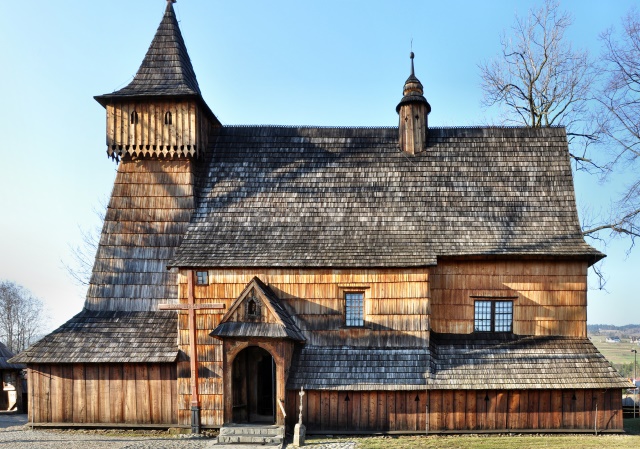
Auschwitz-Birkenau
A grim reminder of Nazi terror and the holocaust. Auschwitz, built on the outskirts of the Polish town Oświęcim – now the Museum of Martyrdom – consists of brick barracks with shocking exhibits of tons of hair, shoes, glasses and other belongings wrested from the victims, while nearby Birkenau has hectares of wooden barracks and gas chambers. A documentary film made shortly after liberation of the camp is viewable on request.
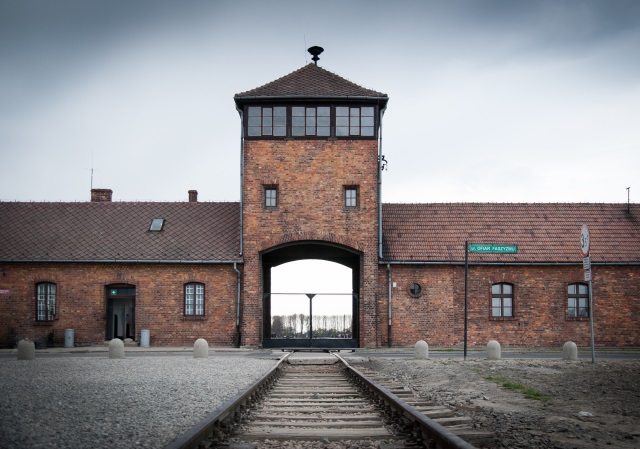

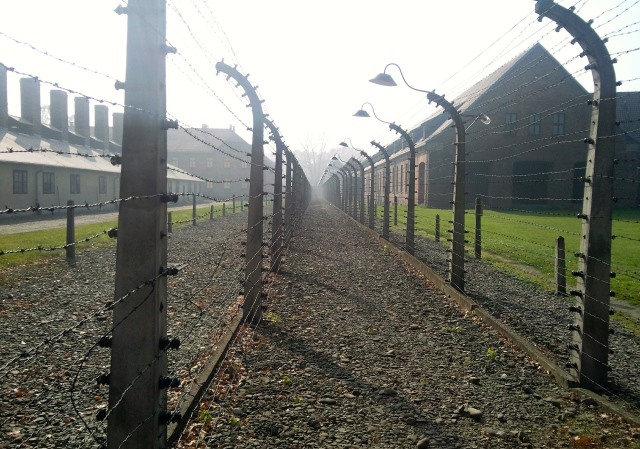
Wroclaw city tour
Visit to Ostrów Tumski – the oldest part of Wrocław where the episcopate was established in year 1000. See its numerous Gothic churches, the most precious of which, St John the Baptist Cathedral, founded in 1244, has remnants of the first, Romanesque church.
Walk through the Old Town with its beautiful Town Hall erected in 1241, now a museum, and many picturesque Renaissance and Baroque tenement houses.
Stop at Wrocław University with its ornate Baroque Aula Leopoldina constructed in the 18th century, bedecked with paintings, sculpture, and gold-plated stuccoes. Visit to “People’s Hall”, a modernist concert hall by Max Weber (1913), with a capacity of 6000 seats.
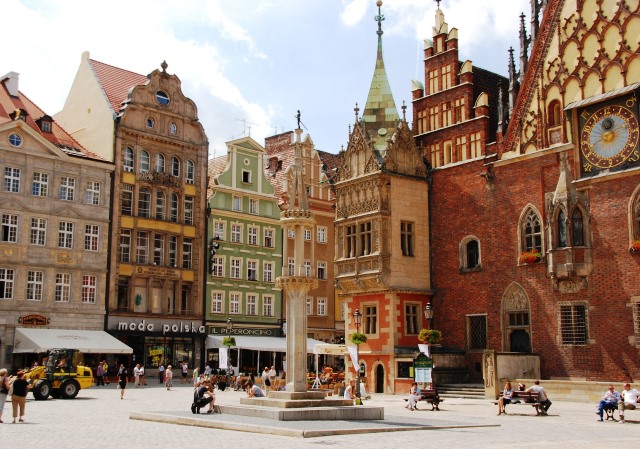
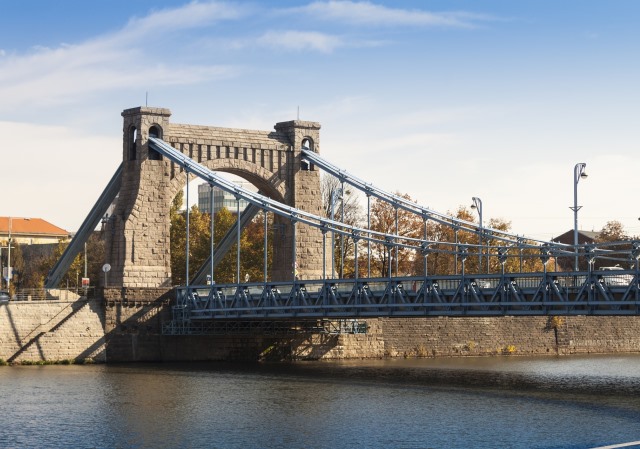
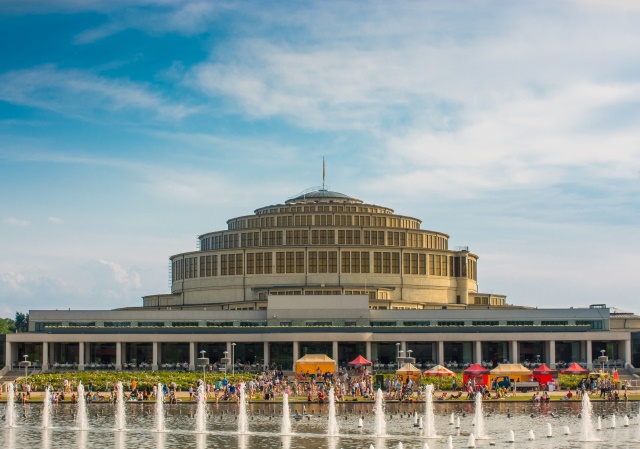
Książ
Książ, the 13th century fortress of the Piast Dukes and the seat of Von Hochberg family since the 16th century. The beauty of the castle and its breathtaking location on a rock dominating the landscape made Hitler choose the place for his main headquarters. Kilometres of underground corridors and a number of halls were carved out of the rock underneath the castle to create shelters from bombardments and also a secret factory. Slave labour of prisoners of the nearby Gross Rosen concentration camp was used. The purpose of the factory was never found out as no production ever started. The Nazis destroyed majority of the labyrinth before evacuating.



Świdnica
Built in the 17th century in Swidnica and Jawor after a Catholic emperor Ferdynand Habsburg had granted the Lutherans the right to construct three temples. The unusual shape of the churches comes from the limitations the Lutherans had to observe: the building could not resemble a traditional Christian temple, could not be constructed of long–lasting materials as brick or stone, could not have towers or bells. Additionally they had to be located outside the city walls but close enough to be reached by a cannon shoot. Time limit to accomplish construction was one year. Results are simply amazing. A private organ concert is highly recommended.

